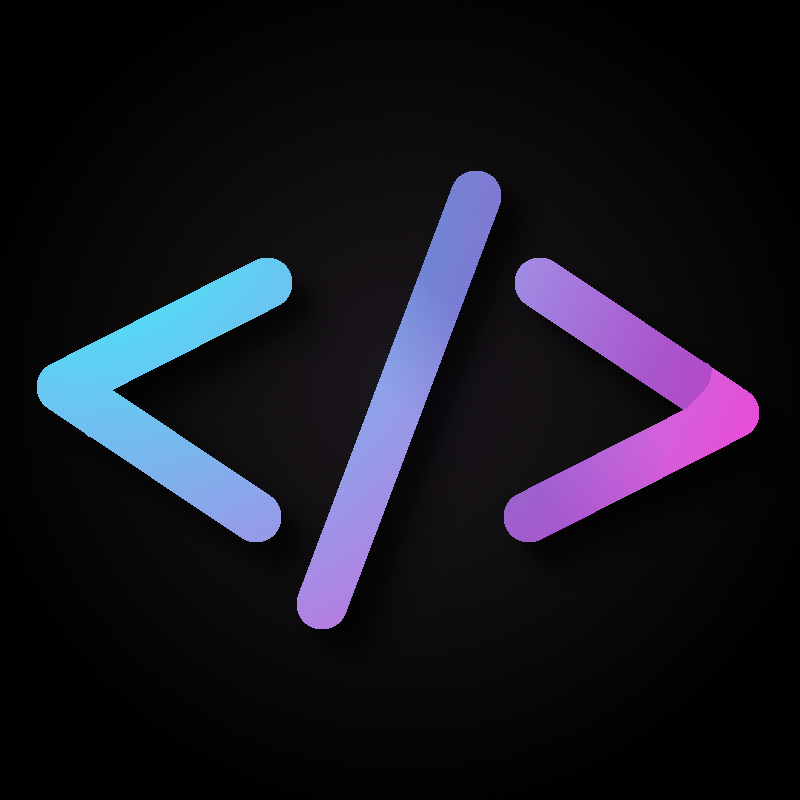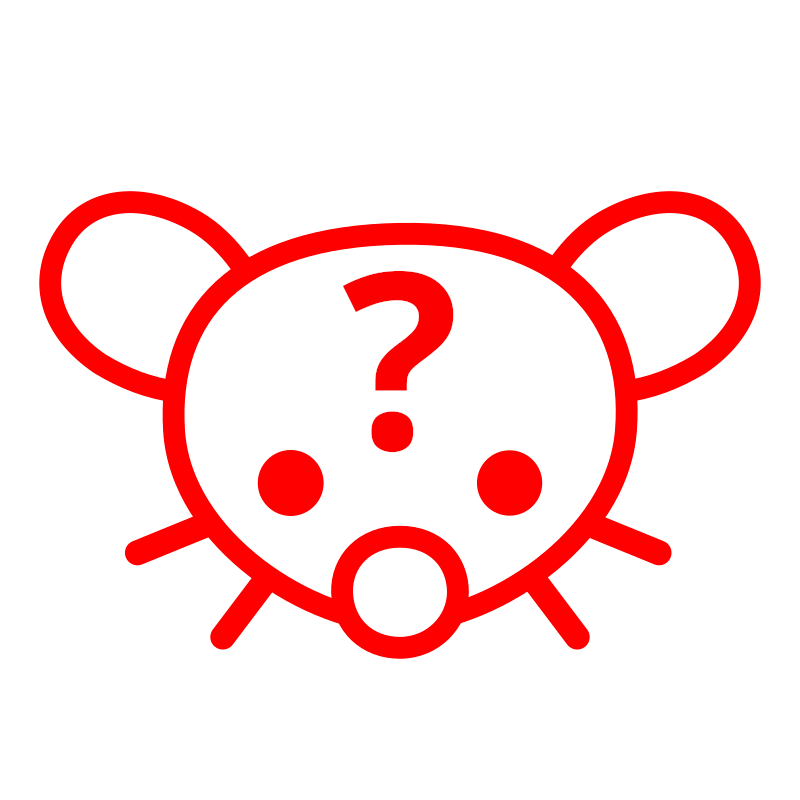- 0 Posts
- 6 Comments
Most mathematicians, engineers, and scientists don’t use the asterisk symbol for multiplication. Most don’t write any symbol as it’s implicit. If they do use a symbol they would use a dot or x symbol (though never an actual x). In mathematics, the asterisk is mostly only used to represent convolutions.
Most common:
abc
Less common:
a • b • c
a × b × c
Never:
a * b * c
While to most people this doesn’t really matter (and should feel free using * for multiplication). It shows someone with minimal formal experience in mathematics using this formula

 2·1 year ago
2·1 year agoWhen Apple introduced the iPhone they required automatic reference counting to be used in Objective-C rather than tracing garbage collection (the language supported both) due to performance reasons (iPhones were significantly slower than Macs). At least Apple seems to think that reference counting is faster than tracing garbage collectors. The compiler can do a lot to remove unnecessary releases and retains. Additionally each retain is just incrementing an integer, and each release is just decrementing an integer and comparing the integer to 0, so the overhead is pretty small.

 6·2 years ago
6·2 years agoMetal — it’s a proprietary graphics API made by Apple
Hacking with Swift is a great resource. They have quite a few books related to development in Apple platforms (some free). You’ll probably want to do some research on if you want to learn SwiftUI or UIKit. UIKit is still used much more frequently in industry, but SwiftUI is becoming more mainstream, and is easier to learn. Hacking with Swift has books for both frameworks.
Personally, I’d recommend just jumping into writing a simple app (probably by following along with a tutorial) since you already know how to code, and have a grasp of the basics of Swift. There isn’t too much you need to learn about Xcode initially, and any tutorial for creating your first app should walk you through any Xcode specific steps you do need to do. Most of your learning will probably be related to either UIKit or SwiftUI, which are the frameworks you use for actually getting stuff on the screen. While learning these, you’ll undoubtedly pick up more knowledge about Swift and Xcode, which will improve those skills. I certainly don’t think you need to become an expert in Swift or Xcode before learning UIKit or SwiftUI. As you learn more, you’ll learn what areas you need to improve on, and can tailor your journey from there.



Also, many GMOs were engineered to be more resistant to pests and thus need fewer pesticides